The Wristwatch Handbook: A Comprehensive Guide to Mechanical Wristwatches
$48.99
- A fantastic reference work for the novice or the seasoned watch enthusiast
- Fully illustrated with 470 color photographs
- Brand-Agnostic. Features a vast array of timepieces from over 90 manufacturers
- Publisher : Acc Art Books (October 14, 2016)
- Language : English
- Hardcover : 352 pages
- ISBN-10 : 185149829X
- ISBN-13 : 978-1851498291
- Item Weight : 5.48 pounds
- Dimensions : 9.94 x 1.38 x 11.74 inches
Description
Despite the functional obsolescence of the mechanical wristwatch (our phones and computers tell more accurate time) the early 21st Century has seen a boom in the development, production, and appreciation of all things horological. Whether it is presented to the collector as an alternative investment, as a feat of micro-mechanical technology, or as a showcase of artisanal mastery, the mechanical wristwatch has never possessed more forms, functions or facets than it does today. The Wristwatch Handbook is written from the epicenter of a renaissance, a place in time between the Quartz revolution and the rise of the smart device – where the mechanical wristwatch is the antidote to the microprocessor and the permanent buzz of your inbox. From the multi-axis tourbillon, to the split-second chronograph, to the sidereal sky chart, The Wristwatch Handbook covers it all and does so with more than 470 rich illustrations from over 90 of the World’s leading brands.
The book is separated into two sections. The first section provides the reader with a comprehensive understanding of the mechanical movement. Its chapters explore power, transmission, distribution and regulation illustrating the basic concepts before considering the innovation and complexity that takes place further toward the cutting edge. From the fifty-day power reserve, to the constant force mechanism, and the 1,000Hz mechanical escapement, section 1 will allow the reader to understand and appreciate what is happening beneath the dial of their watch. Section two allows the reader to take this understanding and apply it to the vast range of complications (functions) that exist in modern horology. Each chapter showcases a distinct category of complication. For example, the regatta timer, pulsometer, and monopusher chronograph join a host of others in a chapter entitled ‘Recording Lapses of Time’; The power reserve indicator, dynamograph, and crown position indicator are featured in a chapter for ‘Power and Performance Indication’; The moon phase indicator, annual calendar, and planetarium can be found in the ‘Astronomical Complications’ chapter. Once the functional categories are exhausted, the final three chapters explore whimsical complications that have little regard for practical function, novelty time indication, and the ‘super-complicated’ watch – a rare breed of timepiece that houses an intimidating host of complications featured throughout the book. Upon completion of The Wristwatch Handbook the reader will be able to identify even the most exotic complication from across the room, and be able to share their appreciation and understanding of what makes it so useful and compelling.
The Wristwatch Handbook is “brand agnostic”, using only those watches that most aptly illustrate the given subject-matter. As a consequence the book places equal emphasis on the classic and the cutting edge, on watches produced in large volume or exclusive runs, by industry-leading technology or at the hand of a master. In doing so the book provides an unparalleled range of watches from over 90 brands, allowing the reader to determine for themselves which brands, complications, and styles they will build their collection from.
Additional information
| Additional information | This is not an average book about watches. ‘Comprehensive' is an understatement. In fact, The Wristwatch Handbook: A Comprehensive Guide to Mechanical Watches, by Ryan Schmidt, makes the case that it is the definitive guide to analog timepieces. — Geoff Nudelman ― The Manual, October 16, 2016 Many books focus on a single brand or even a single complication, while The Wristwatch Handbook aims to be as over- arching as possible. At 352 pages in large format, the handbook is a beautiful book, filled with captivating images and explanatory text which never gets too dry or too technical. . . The Wristwatch Handbook, $85 .00, published by ACC Art Books, is definitely worth consideration by anyone wanting to become serious about watches. ― Revolution Magazine A beautifully written and comprehensive overview of what goes into the making of a watch and what is available… Schmidt's thirst for knowledge shines in his excellent and truly comprehensive research. — Elizabeth Doerr ― Quill&Pad Ryan Schmidt's monumental book takes you from the basic principles to the most complicated derivations of watchmaking and is designed to “to be a map and compass for you own personal journey”, without being cryptically elitist or pretentious. ― The Jewellery Editor At times it was a little maddening, but my absolute priority with the book was to deliver complex subject matter in an accessible yet accurate manner. It is one thing to gain a basic understanding of a complex topic, but to explain a complex topic in a basic manner you need to really understand it, and that sometimes meant going back to school in order to craft a single paragraph. ― aBlogtoWatch I have always had a fascination with watches and clocks. I have disassembled dozens of watches in an effort to understand their inner working and much to my dismay, my education about clockwork mechanisms is severely lacking. Discovering, The Wristwatch Handbook: A Comprehensive Guide to Mechanical Watches, by Ryan Schmidt, was one of the best treats of 2016. ― Nerd Rage News Whether looking for an understandable, yet informed, overview of watch movements―from the general to the specific, such as Roger Smith's Daniels Anniversary movement (below)―or if you are desperately seeking insight into whether life can be lived without a Telemeter (‘a key tool for calculating firing range'), Mr. Schmidt's “brand agnostic” tome could be the place to find your answer. ― The Wall Street Journal |
|---|
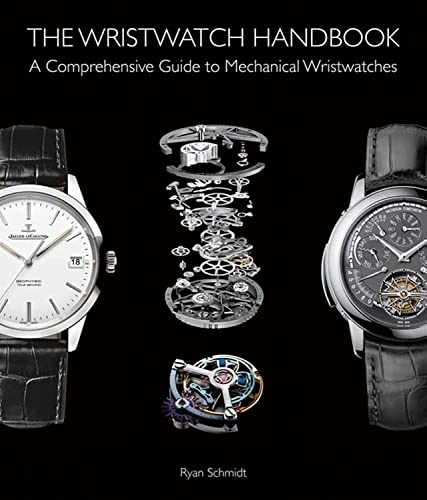
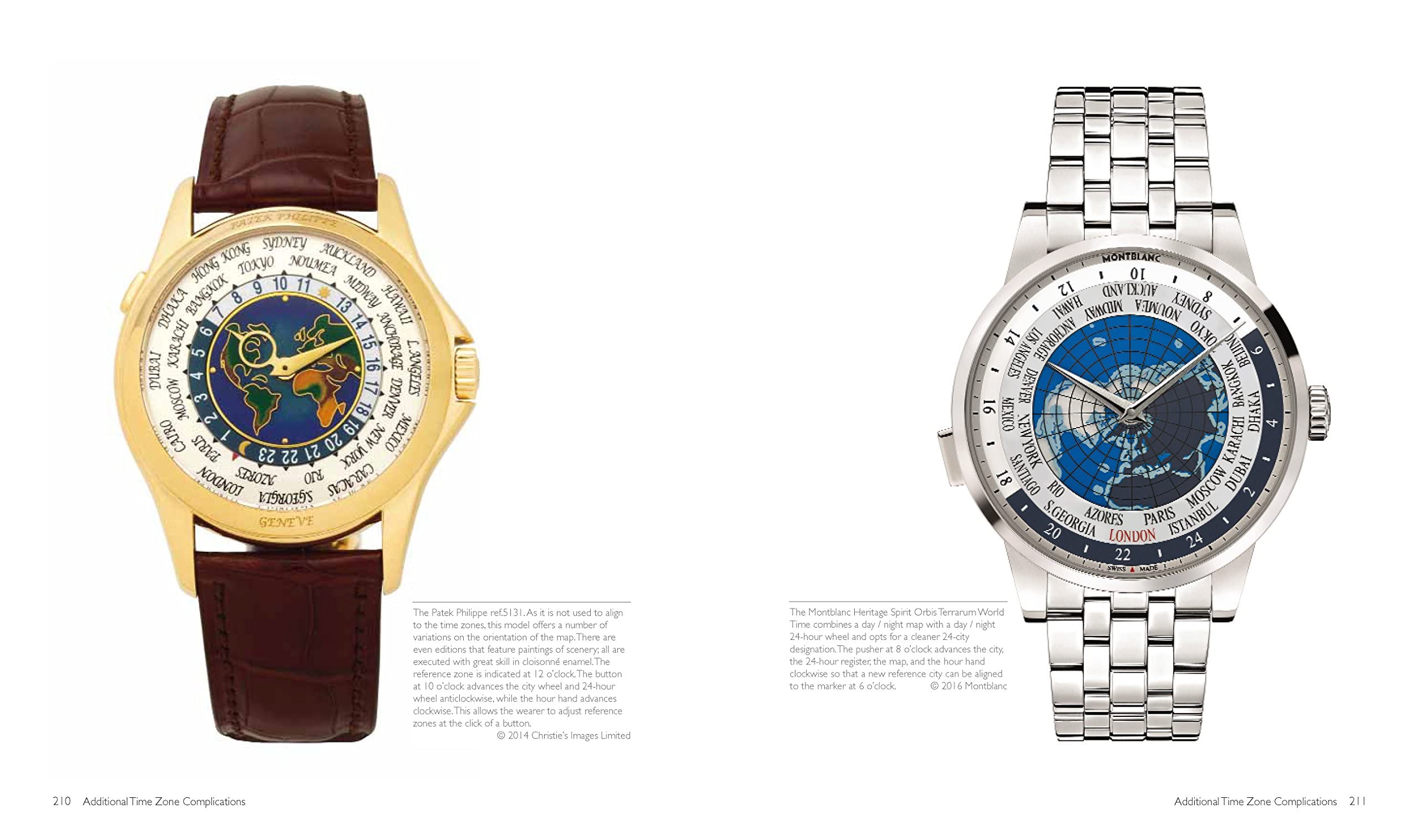
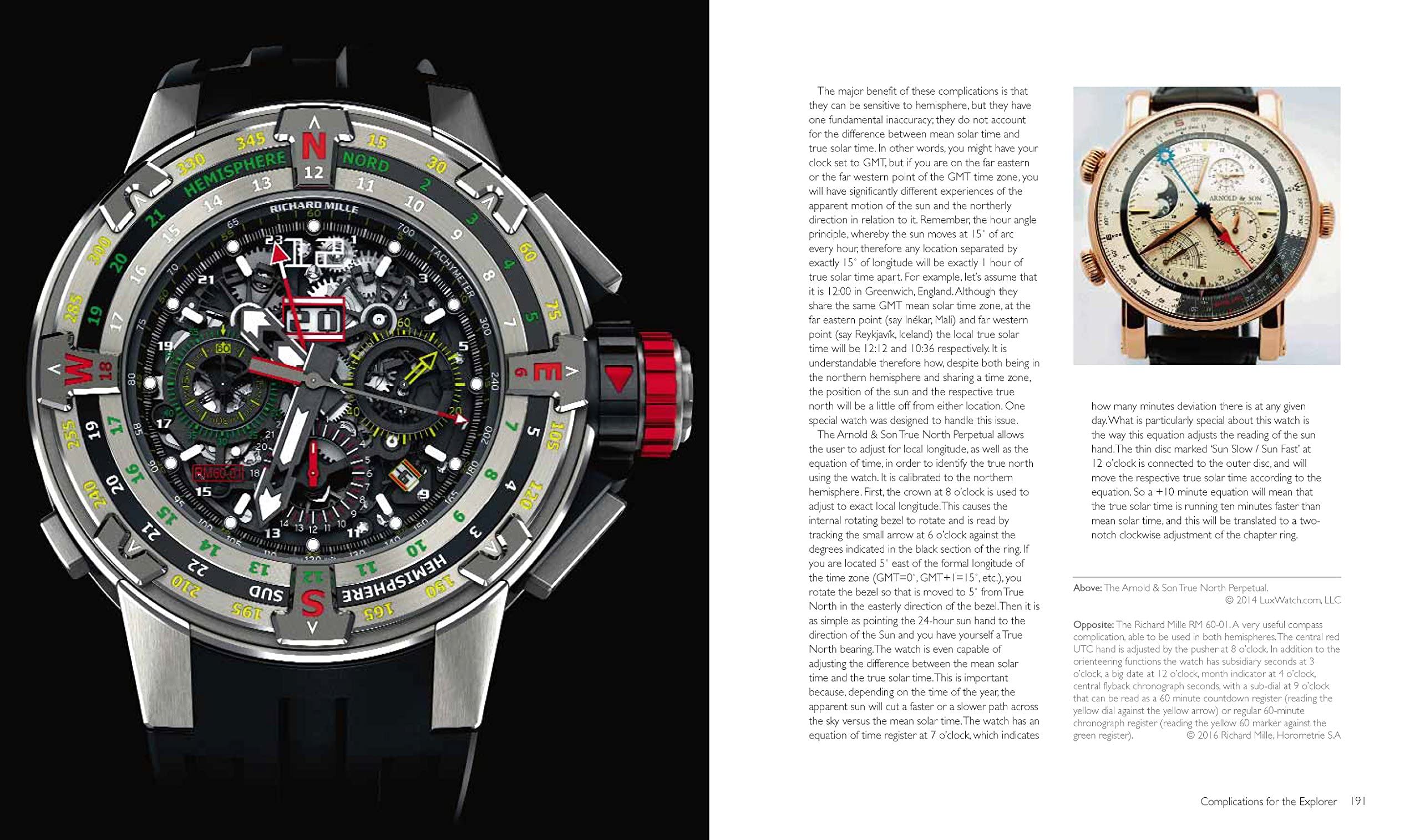
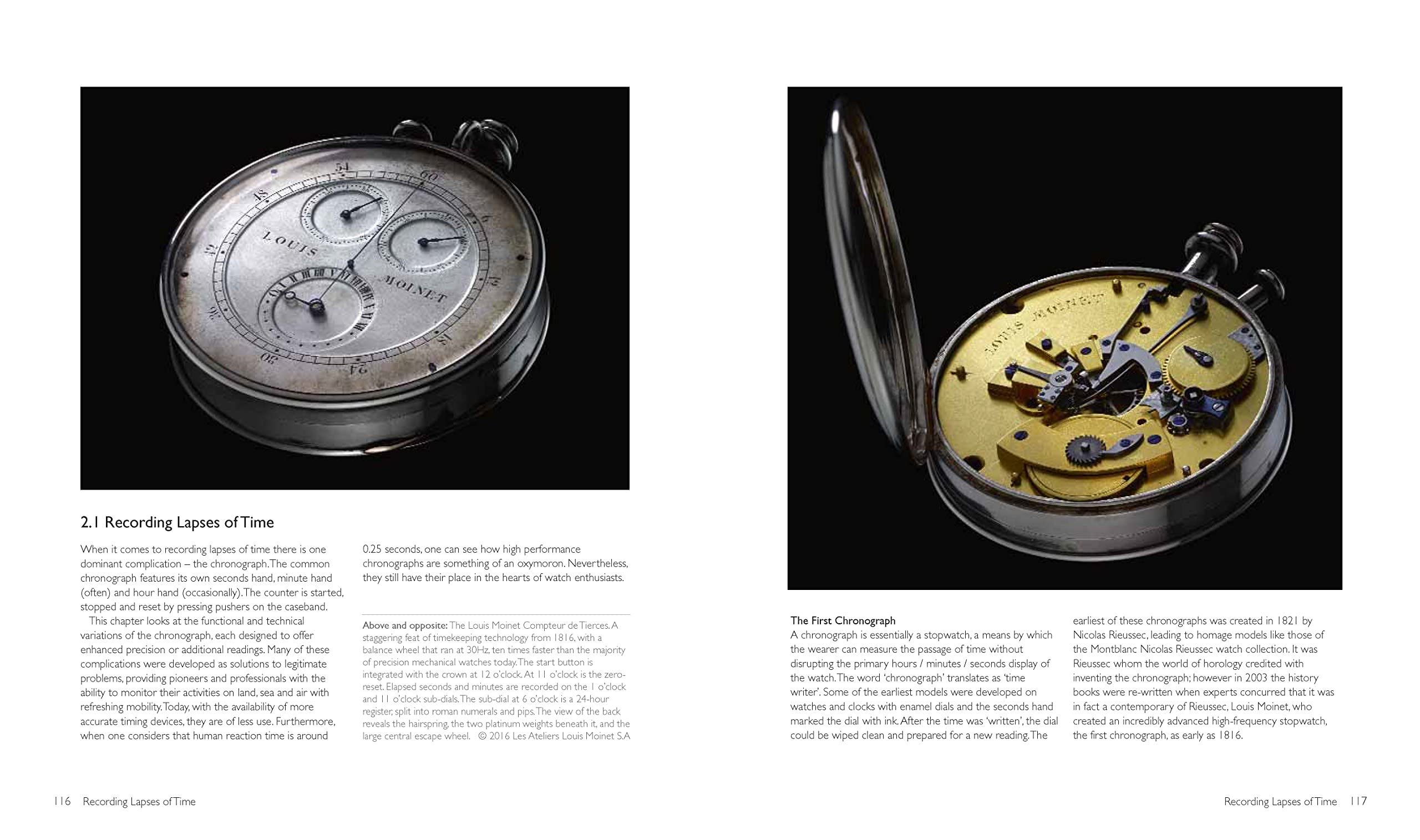

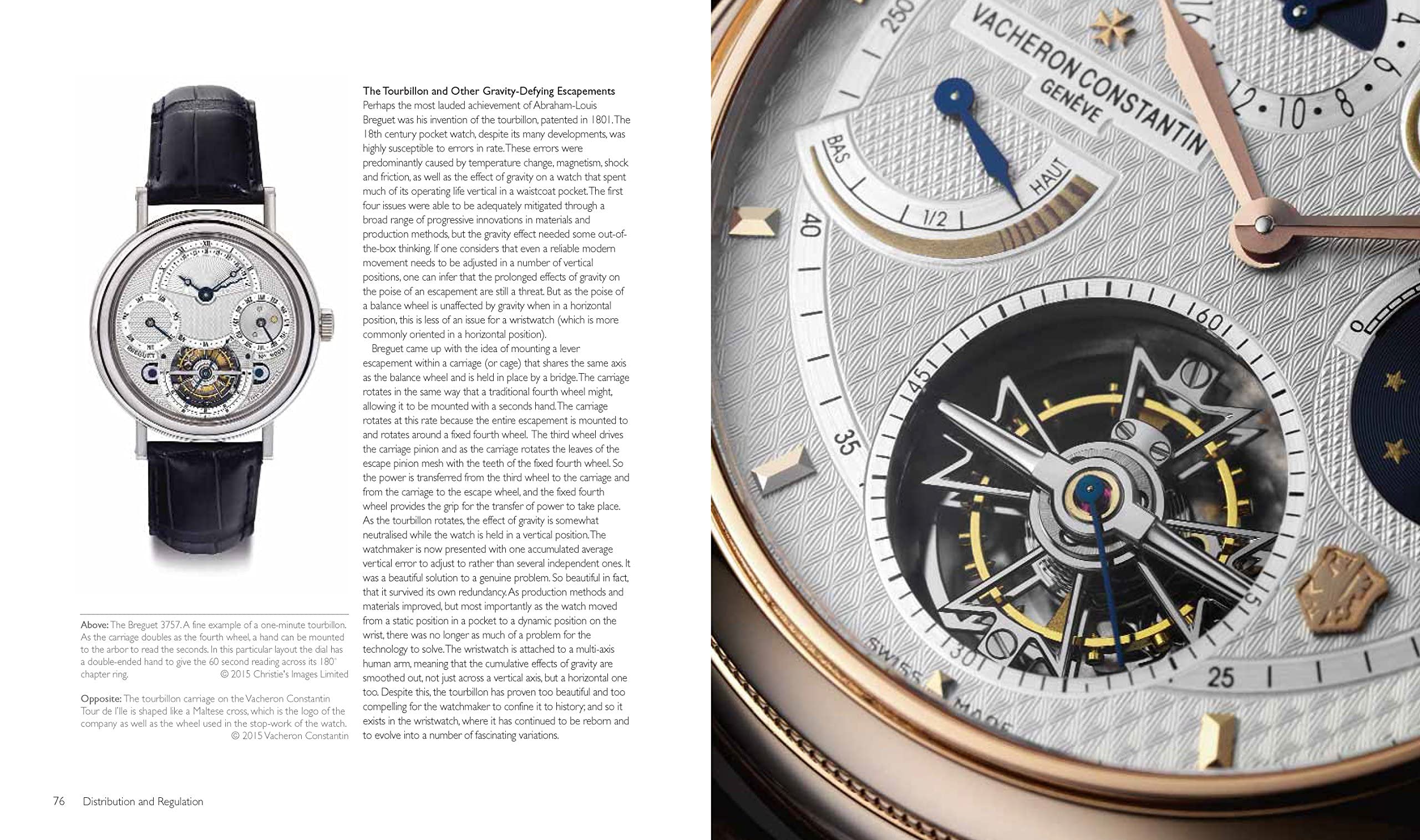
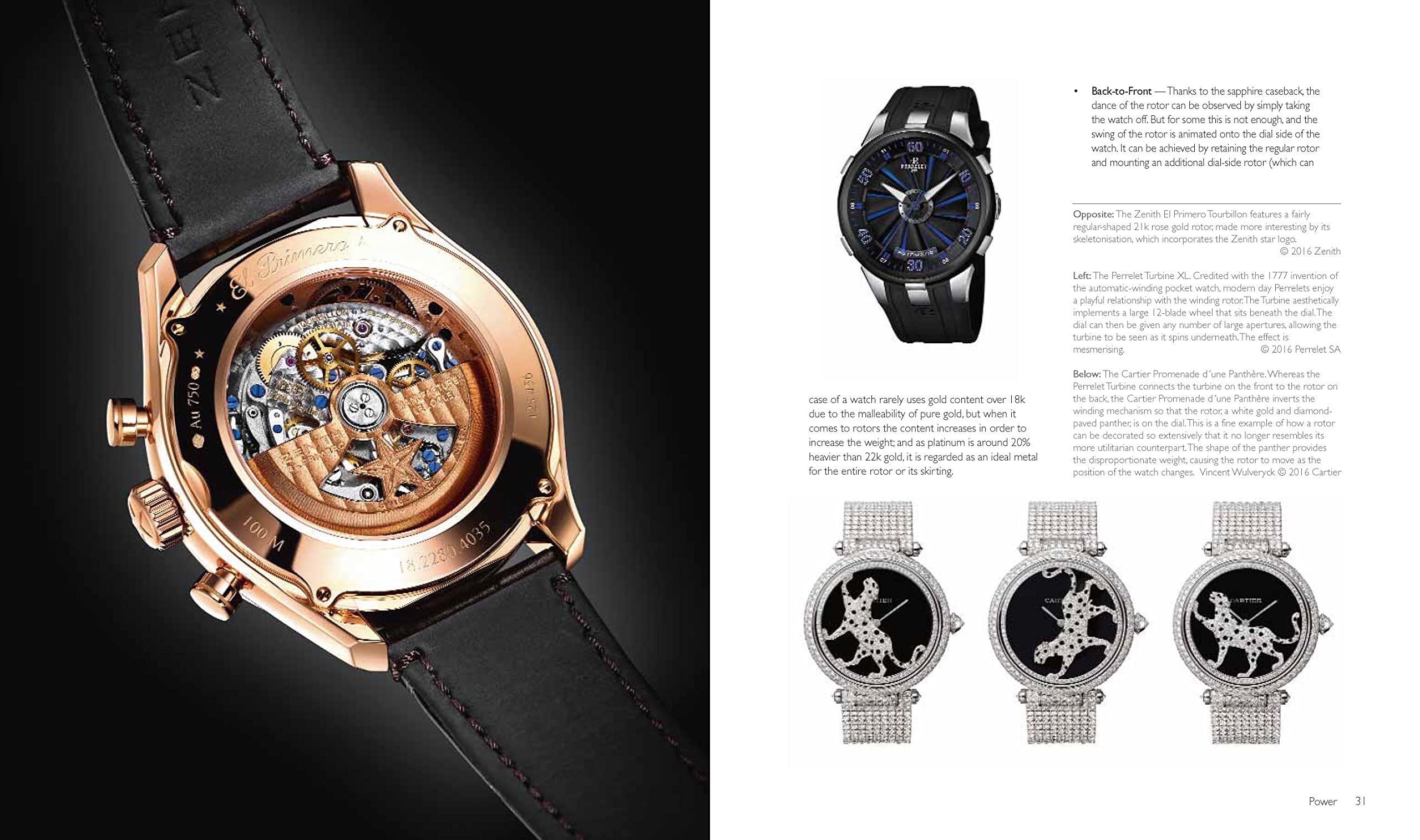
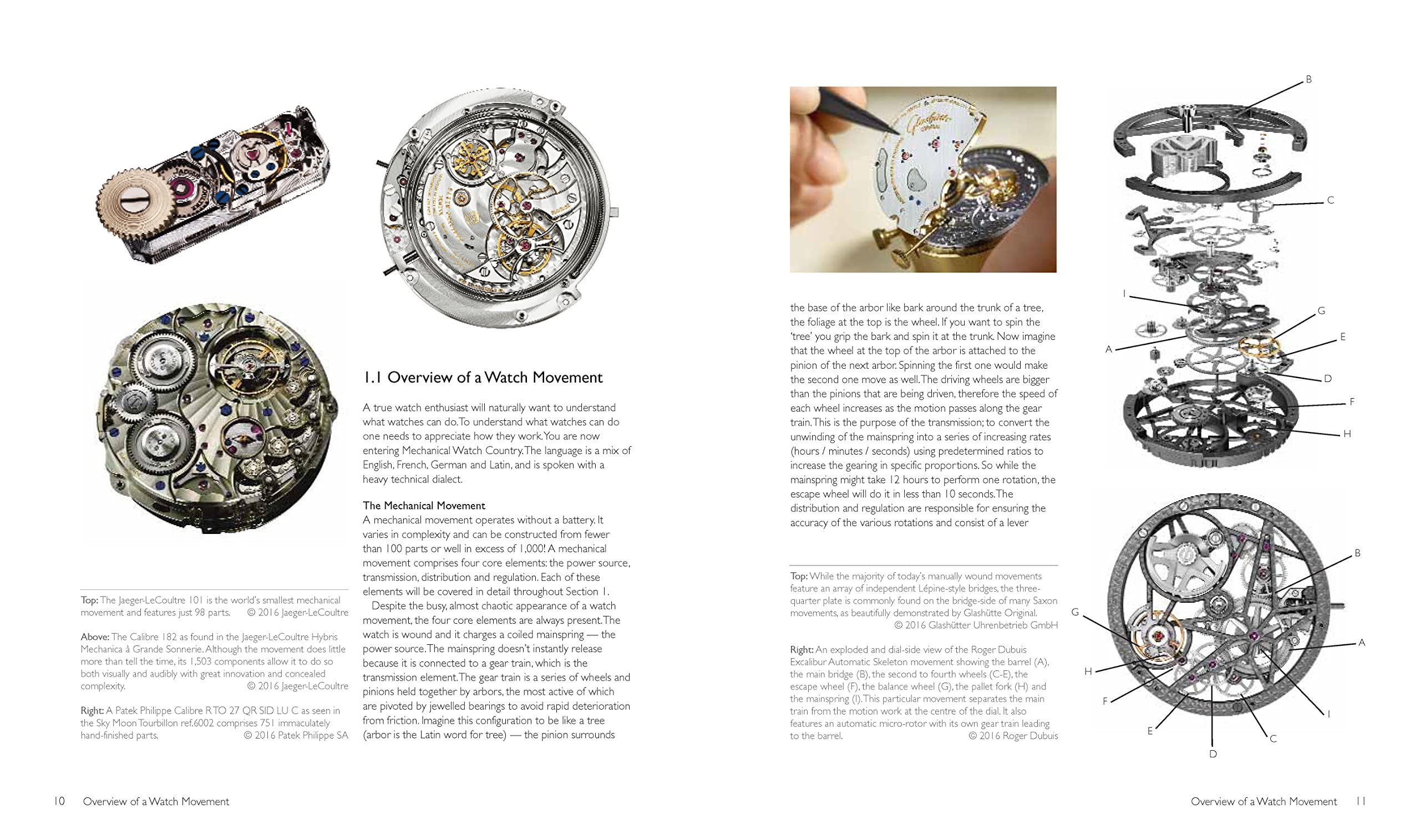
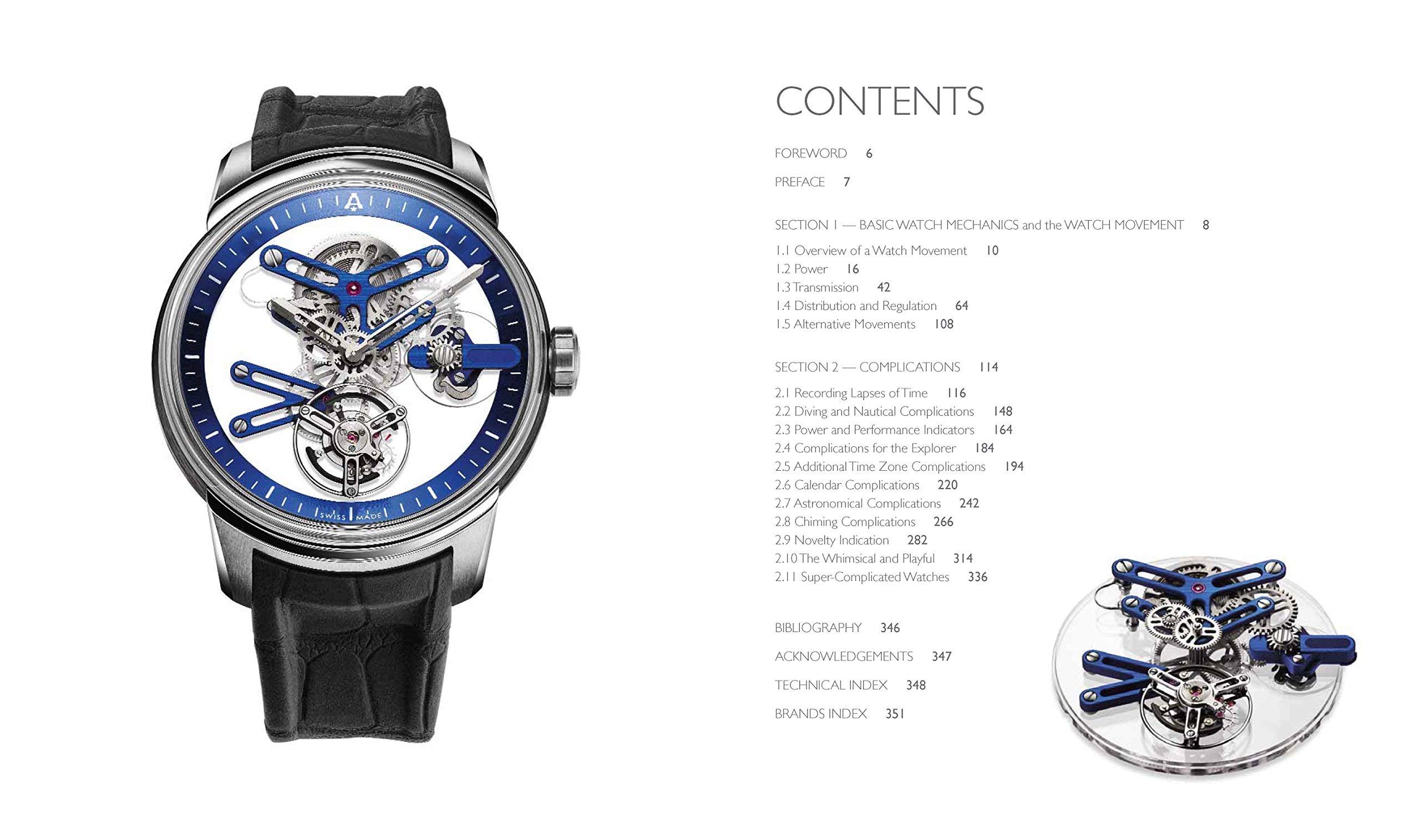
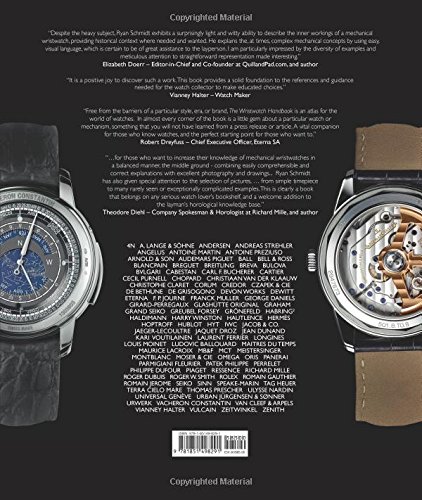
Billz –
For watch collectors, this book is a finely honed balance between excellent technical information and photographs of beautiful watches and the movements that make them tick. The technical information of such constant force devices as remontoir d’égalité and résonance in movement is both enlightening and fun to read without the mind-numbing detail engineers find important to supply. To even outline all of the nuances of watchmaking and innovations in mechanical watches found in The Wristwatch Handbook would take pages of review. Most importantly, for me at least, is that it is very well written. It flows nicely and in an episodic fashion so that you can pick it up and read about some wristwatch feature and look at the accompanying photos, learn a bit, and put it down. At a later time, you can pick it up again and go to an entirely different section an look and learn about some other wristwatch feature.
Published in ‘coffee table’ format, this book is certainly one that could grace any living room, but the pictures and text actually make it worth reading as a book about wristwatches. In fact, it can be used as both a look-up (e.g., “What’s a retrograde?”, “Is a tourbillon better than a standard escapement?”, “What is an escapement?”), and a picture book to browse and find more temptation than Odysseus in passing the isle of the Sirens. (Heed Circe’s counsel and lash yourself to a masthead lest you are tempted to rush out and spend junior’s college savings on a new watch.) All in all, this is a remarkable book with photos and drawings of the clearest and highest quality. If you’re a watch collector, your collection will be much enhanced by the wisdom of this book.
Idiosyncrat –
This is a spectacular introductory technical survey of modern mechanical wristwatches, packed with excellent photos, diagrams and concise explanations of the basic functioning and wide range of technical variations available. It cannot be hardly recommended enough. If you’re interested in modern luxury watches, you should buy this book before you spend any large amounts of money on a watch—it will give you a lot of information that will allow you to much better spend your money.
I do think the book has two relatively minor shortcomings, however. One is that not all the information in it is quite accurate. It’s definitely better than 95%, but just skimming through the text I can find myself saying “huh, not quite” ever so often. For example, I can recall separate passages where first the hairspring and then the tourbillon are described as part of the escapement (they’re not!). The material on the detent escapement is not quite adequate; it lists Arnold and Earnshaw as its inventors (neglecting to mention Le Roy and Berthoud’s contributions), and the description of the actual escapement is quite lacking, and could really have used a diagram. In a sense these sorts of mistakes sound like they stem from the fact that the book trades depth for breadth—it covers a ton of topics, but superficially and unsystematically.
The second shortcoming is related to one of the book’s strengths, which is that the excellent and copious photos and diagrams used to illustrate the concepts have been very obviously supplied by modern watch companies. This is both a blessing and a curse—I have been quite delighted to see manufacturer-supplied diagrams of some of their unique complications that I’ve wanted to know about for years now, but at the same time some concepts that would be better illustrated with more generic diagrams or photos of historical watches are instead illustrated with modern makers’ manufacturing materials. The material on the detent escapement is again a good example—instead of a diagram of a basic spring or pivoted detent escapement at all and photos of historical marine and pocket chronometers, we’re treated to manufacturer-supplied photos of a 2016 Bvlgari L’Ammiraglio Del Tempo Minute Repeater.
Nevertheless the breadth of information in this book and its focus on present-day watches is hard to beat.
Drewjdi –
This really is a fantastic book. There’s so much fascinating detail in here on complications, finishing, history, it’s actually pretty tricky to put down and my first read was about 3 days.
Ryan is super passionate about watches, that much is clear, and it must have taken so much time and effort to collect all of this knowledge and present it in a way that is engaging and easy to deconstruct.
This is my go to for everything Watches and I’ll be reading it and referring to it many times in the future. If you’re considering this as a gift for someone that’s into watches, I strongly recommend it! I’d be delighted to receive this. Can’t wait for book 2!
Hosea –
The book is very good and detailed. The pictures are of high quality and the quality of the paper also excellent. Only the explanation about the mechanical work is not always easy to understand without proper diagrams. The shipping by DHL was very fast and reliable. Overall very satisfied.
Blackmag17 –
This book does a wonderful job of being able to appeal to those who already know how mechanical watches works and those who are wanted to learn how they work. In depth explanations and illustrations of a watch mechanicals that keep you interested. Wonderful photography also.
John R. Massi –
An outstanding reference. It explains everything, from the very basics of watch function to the most extraordinary pieces ever created.
This book is essential to the library of every collector for a few key reasons:
1) It doesn’t limit itself to the same, (boring), overpriced swiss companies – watches from smaller, entry level brands that many may not realize have contributed significantly to horology, like Oris, Longines, and Sinn, to other, more fashion-oriented companies, like Bell & Ross, are displayed in the book.
2) The book isn’t a Rolex fanbook – while Rolex is mentioned, and rightfully so – for its contributions, as the book progresses to higher level complications, Rolex is mentioned less and less – also rightfully so. As the company’s biggest complication is a meager yacht timer, the book is then able to introduce you to watches that truly transcend the extraordinary.
3) This book will explain the very basic mechanisms of movement, and mention and introduce you to the most obscure levels of haute horology.
Truly, worth the buy.
JOSE FERNANDEZ –
Fotografías hermosas y una descripción con todo detalle.
VallejoTex –
Love the illustrations which makes it easier to comprehend the information given
Suez Halder –
Beautifully crafted Book with lots of information and detailed pictures